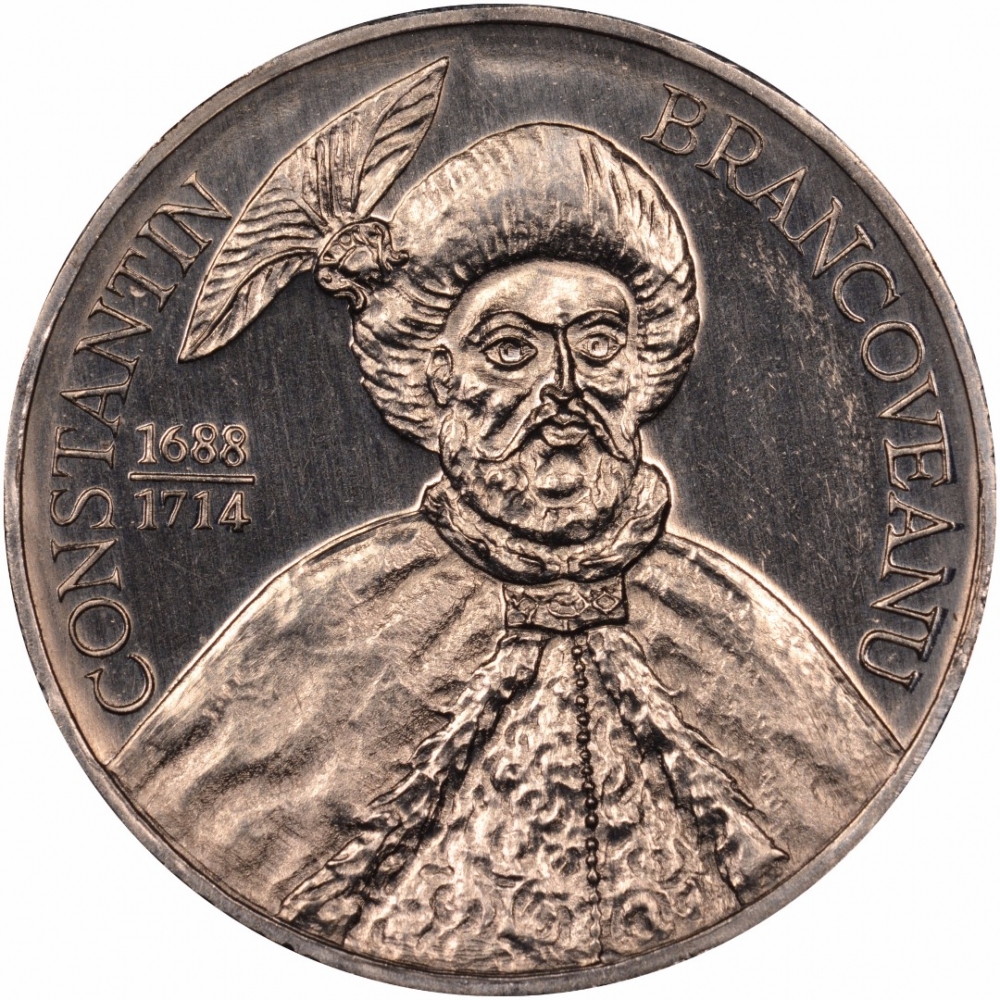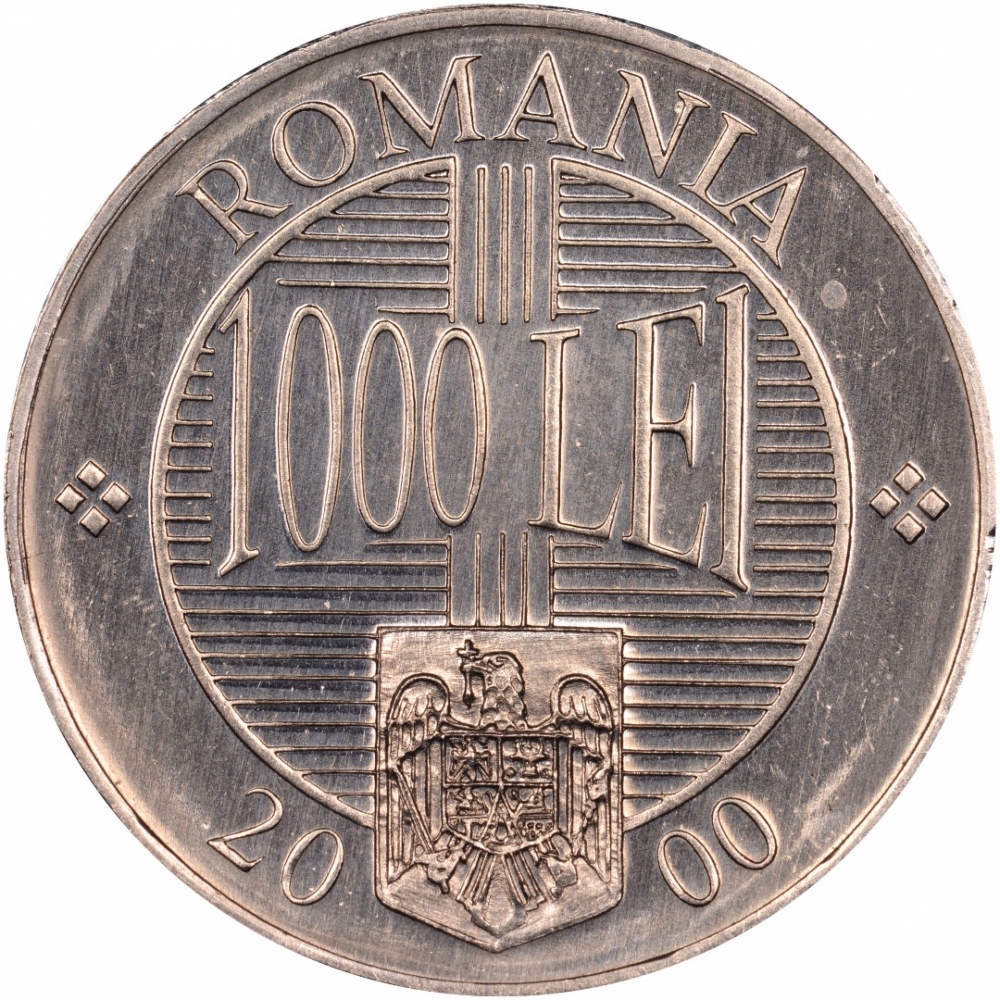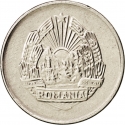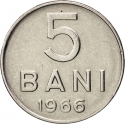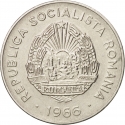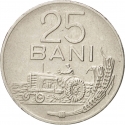Description
Engraver: Vasile Gabor
Obverse

|
Constantin Brâncoveanu (1654–1714) was Prince of Wallachia between 1688 and 1714.
He took steps in negotiating anti-Ottoman alliances with Peter the Great's Russia: upon the 1710 Russian intervention in Moldavia, the prince contacted Tsar Peter and accepted gifts from the latter. When several of his boyars fled to the Russian camp, the prince saw himself forced to decide in favor of the Ottomans or risk becoming an enemy of his Ottoman suzerain, and swiftly returned the gifts he had received from the Russians.
Such policies were eventually denounced to the Porte. Brâncoveanu was deposed from his throne by Sultan Ahmed III, and brought under arrest to Istanbul. On 15 August 1714, Saint Mary Feast, when Constantin Brâncoveanu also celebrated his 60th birthday he and his four sons were brought in front of Sultan. In change of the life of his family he was asked to renounce at the Orthodox-Christian fate. He reportedly said: ″Behold, all my fortunes and all I had, I have lost! Let us not lose our souls. Be brave and manly, my beloved! Ignore death. Look at Christ, our Savior, how much has endured for us and with what shameful death has died. Strongly believe in this and do not move, nor do you leave your faith for this life and this world." After this, his four sons, Constantin, Ștefan, Radu and Matei were beheaded in front of their father.
History records also that the smallest child, Matei (12 years old) he was so scared after seeing all the bloodbath and heads of his three brothers that he started crying asking his father to let him renounce Christianity and convert to Islam as Sultan asked. At this moment, Constantin Brâncoveanu said: "From our kind nobody lost his faith. It is better to die a thousand times than to leave your ancient faith just to live few more years on earth." Matei listened and offered his head. After Brâncoveanu was also decapitated, their heads were stabbed with a javelin and shown in a procession.
The Romanian Orthodox Church conferred upon the martyred family the laurels of sainthood in 1992.
CONSTANTIN BRANCOVEANU
1688
1714
|
Reverse

|
Country name, value above the coat of arms within lined circle. Date below.
The coat of arms of Romania is based on the Lesser Coat of Arms of the Kingdom of Romania (used between 1922 and 1947), redesigned by Victor Dima. As a central element it shows a crowned eagle holding an Orthodox cross in its beak and a mace and a sword in its claws.
On the bird’s chest there is a quartered escutcheon with the symbols of the historical Romanian provinces: Wallachia (golden eagle), Moldavia and Bukovina (aurochs), Transylvania Maramureș and Crișana (black eagle, seven castles, sun and moon), Oltenia and the Banat (lion and Trajan's bridge) and two dolphins reminding of the country’s Black Sea Coast Dobruja.
|
| Edge |
|
Characteristics
| Material |
Aluminium |
| Weight |
2 g |
| Diameter |
22.2 mm |
| Thickness |
2.11 mm |
| Shape |
 round
round
|
| Alignment |
Coin
|
Related coins
Socialist Republic
Nickel Clad Steel, 1.7 g, ⌀ 16 mm
My Collection
My Exchange
Socialist Republic
Nickel Clad Steel, 3.38 g, ⌀ 22 mm
My Collection
My Exchange
Socialist Republic
Nickel Clad Steel, 5.06 g, ⌀ 24.6 mm
My Collection
My Exchange
|


